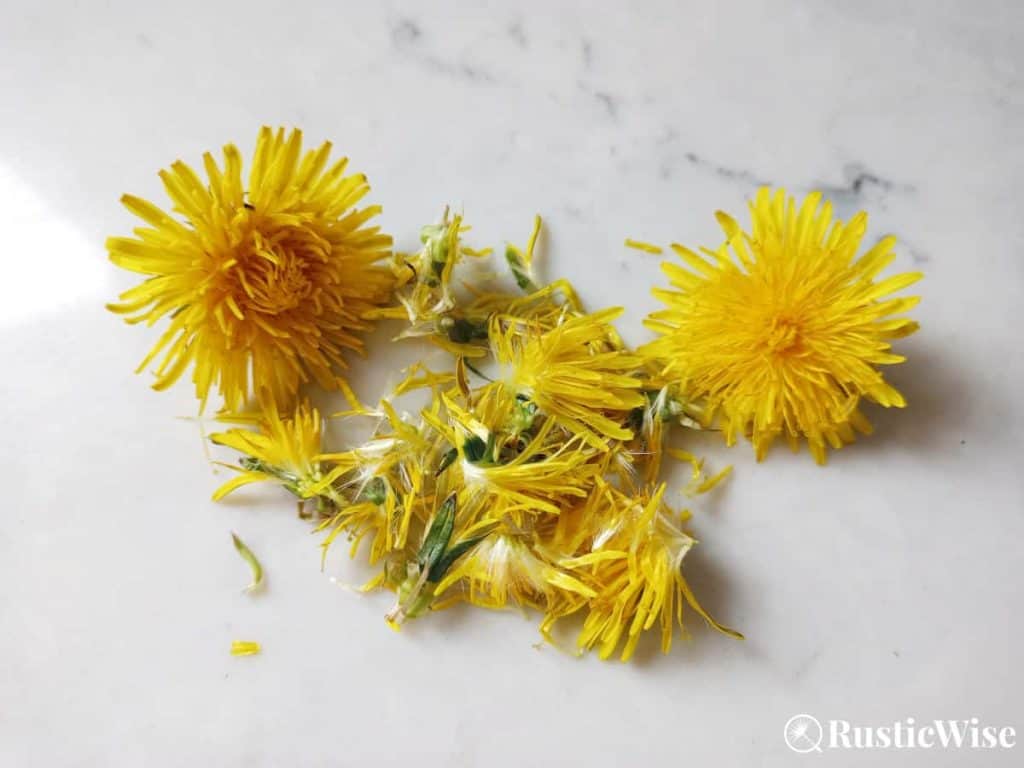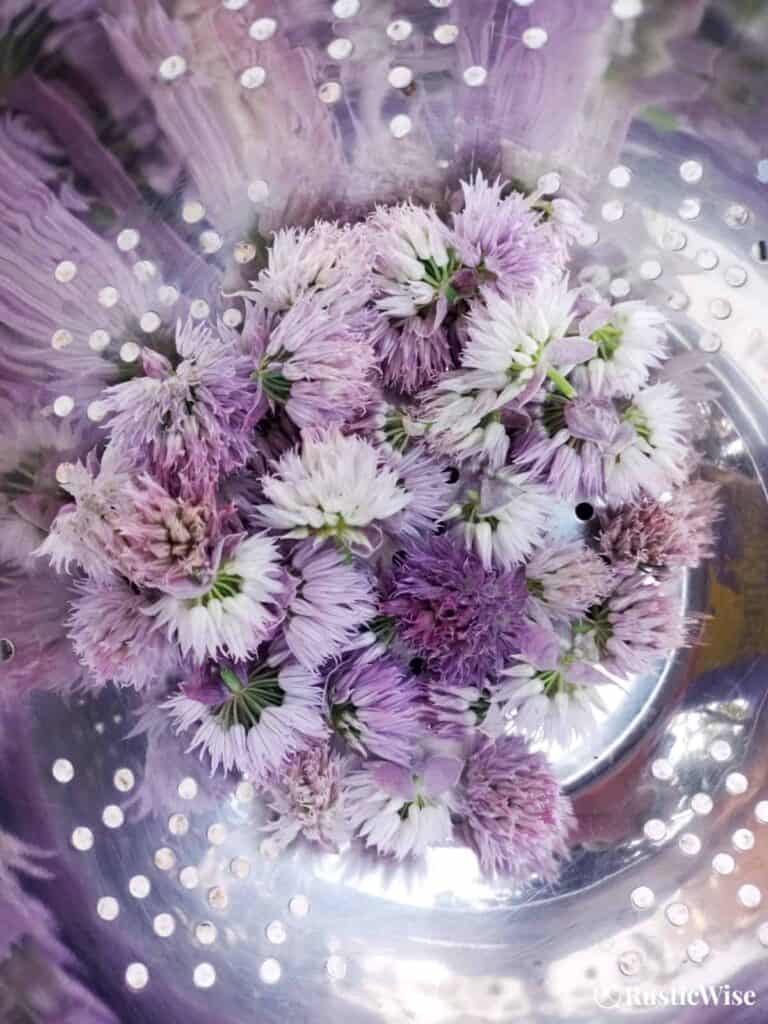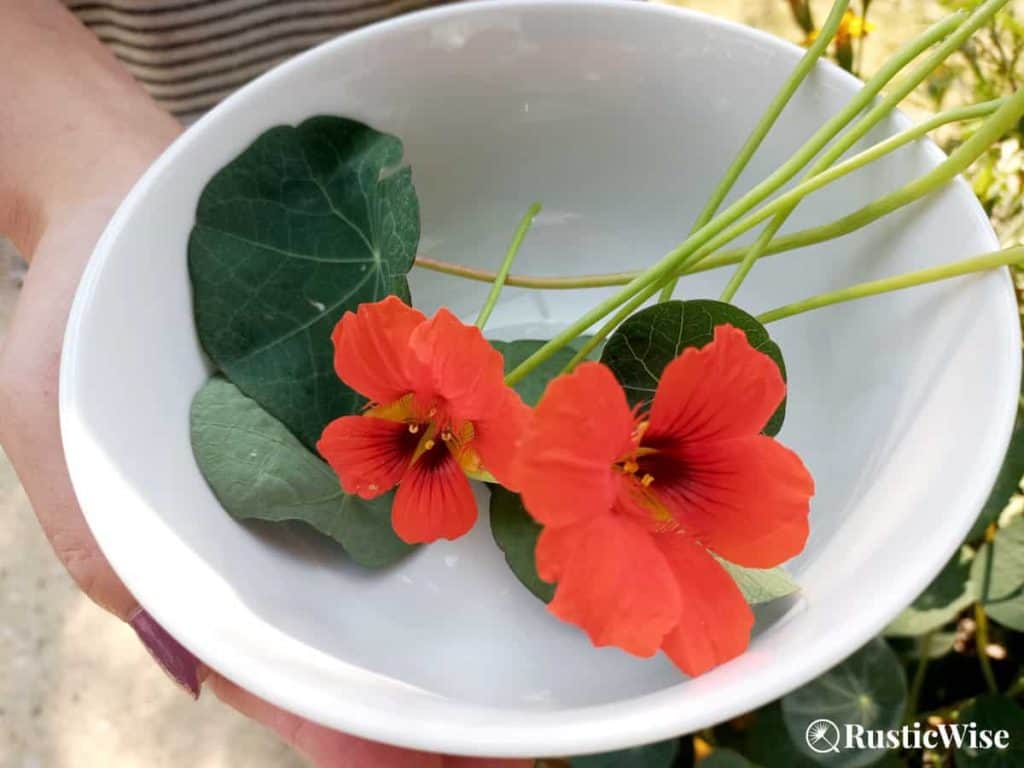About RusticWise
The desire to lead a more simple and healthy life doesn’t have to be all or nothing, black or white.

With more and more people leading urban lives we’re losing time-honoured wisdom and basic knowledge of living off the land, gardening, and just all-around self-reliance. Sometimes newer and faster isn’t better—there are health and environmental (not to mention financial) benefits of doing things yourself.
Let’s not forget this knowledge! We don’t all have to be homesteaders to feel the satisfaction of eating fresh, homegrown vegetables or baking a loaf of bread from scratch. We can all incorporate elements of rustic wisdom in our everyday lives regardless if you live in a tiny apartment or acreage.
We created RusticWise with the hopes of it becoming a handy resource for home, garden, sustainability, and self-reliance knowledge. Let’s take this journey together.
Let’s do this!

Long before people began outsourcing chores and tasks they didn’t want to do, people did things themselves. With their own two hands. And they were happy. While we no longer have to do everything ourselves, there’s a certain satisfaction gained from becoming more self-reliant.

Start with one small project at a time

Step by step, bit by bit, you can build a healthier, more satisfying life for yourself and family. Whether you’re a complete newbie, or a seasoned pro, we hope you use this website as a resource to launch your own DIY projects.

About Our Illustrations
All original illustrations are done by Theresa (unless otherwise stated) and are copyrighted RusticWise.com. If you’d like to use an illustration for your own personal blog, go for it—but you MUST credit RusticWise and provide a link back to RusticWise.com. Illustrations aren’t permitted to be used for your own resale or profit (but y’all knew that already).
Read our Terms of Use.
Meet the Dedicated Folks Behind RusticWise

Hi there! We’re Josh and Theresa. We live in Canada with our two kids, a pet tortoise, and occasionally some quails. We’re not homesteaders, we live in the city where we have a modest garden and average-sized backyard. Our home is overrun with gardening and sprouting supplies, and outdoor gear.

Josh Tesolin, Co-founder
A farm boy from the start, Josh grew up on his dad’s cattle farm in Alberta. It was on this farm where he was mentored by a wise old-timer named Charlie, who was a family friend and also lived on the farm. Ol’ Charlie passed along plenty of gems of old wisdom about gardening, chickens, crafts, and all-around life hacks. In his younger years, Josh’s family had a large chicken coop and he enjoyed raising rabbits for 4-H.
Later on, Josh also lived in a log cabin without central heating and using lake water. The cabin had an outhouse as well as a crazy toilet that incinerated waste.
A life-changing stint at a
boarding school opened Josh’s eyes to the value of the great outdoors. There he experienced outdoor survival in the dead of winter with survivalist Mors Kochanski. He also experienced snowshoeing, and month-long canoe trips there.
Professionally, Josh has worn a lot of different hats from web and graphic designer, internet marketer, to real estate agent. He continues to juggle different roles and thrives on constant change.

Theresa Tesolin, Co-founder
Theresa is a city slicker who started feeling a disconnect between her daily life and nature, and yearned for a return to basics. She grew up with her grandmother who instilled in her a sense of frugality and a spirit of waste not, want not. (This partly explains the mountain of saved jars and containers in her kitchen). She has fond memories of Mama’s herbal soups and teas.
Armed with a sense of curiosity and being an avid-reader, RusticWise is a result of her love of learning, experimenting, and illustration—a compilation of sorts for those just beginning the journey to self-reliance and sustainability, or those already knee-deep. She loves all things handmade.
In her past life Theresa worked as a marketer in the IT industry where she wrote and designed a lot of boring business documents. More recently she has worked as a content creator, ghostwriter, and in between it all, a mom to two kiddos.
Let’s stay in touch!

Your inbox could use some rustic wisdom. No spam, just periodic updates with our latest posts, timeless ideas and rustic lifestyle news.


